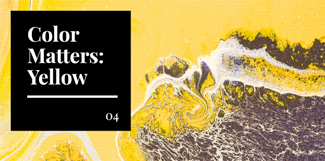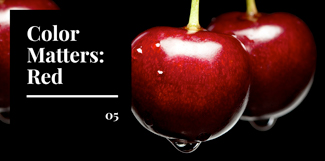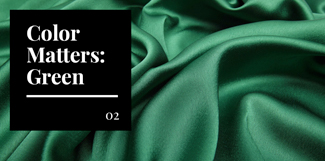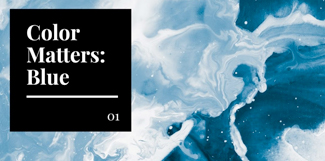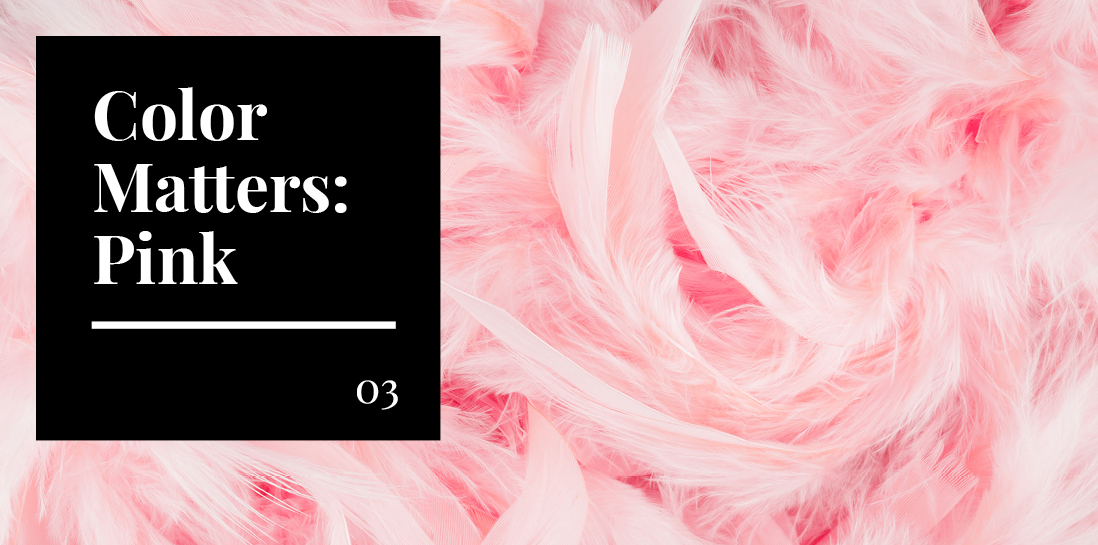
Is the color pink enough to turn a strong man docile? Two naval officers in the 1970s thought so.
In 1979, researcher Alexander G. Schauss published his findings about a “sickly shade of bright pink” thought to make men weaker than average, writes Kassia St. Clair in The Secret Lives of Color. Commanding officers Baker and Miller put Schauss' pink to the test on U.S. Naval Correctional Center prisoners, and reported zero violent incidents in the 156 days after the cells were doused in Pepto-Bismol pink.
Newly christened Baker-Miller pink began to trickle down to the masses, and soon bus seats, prison drunk tanks, and football locker rooms all sported the noxious hue.
However, more recent studies of Baker-Miller pink questioned Schauss' original findings as inconclusive, or possibly only effective in the short-term, reports the Guardian.
Pink is for...boys?
Perhaps in part to Baker-Miller pink's purported power, today, pink is unequivocally seen as feminine. Items designed for women and girls—clothes, cosmetics, toys—are all proudly emblazoned pink. However, until around 1940, pink was seen as the color for boys. Pink, a variation of red, was thought to be masculine, strong, and passionate. Blue, a softer, dainty color, was advised for girls, as seen in this 1918 article from Earnshaw's Infants' Department, reprinted by the Smithsonian:
“The generally accepted rule is pink for the boys, and blue for the girls. The reason is that pink, being a more decided and stronger color, is more suitable for the boy, while blue, which is more delicate and dainty, is prettier for the girl.”
Tickled Pink
Whether you're “tickled pink,” feeling “in the pink,” or “seeing through rose-colored glasses”—you're feeling pretty good. The color pink is almost always associated with something positive. While its hue may be pretty, pink's etymological origins are muddy. Many linguistic scholars agree that the color's name was derived from a pastel-hued flower called a “pink.” Pioneering wordsmith Shakespeare used “pink” to mean “the finest example of anything” in his 1590s play, Romeo and Juliet, according to the Online Etymology Dictionary.
Pink is prevalent
Pink isn't a shade usually associated with nature, but it is surprisingly easy to find: flowers, flamingos, fish, seafood, sunsets, and pigs are all pink. Despite how often it's found in nature, pink is still more commonly associated with manmade things like cosmetics, toys, or candy.
Pink takes a bit out of the food and beverage world, too, with salmon, strawberry, and bubblegum all doing double-duty as both foods and specific color names. Pink has even made its mark in the music world, with pop singer Pink and the band Pink Floyd both named after the hue.
Pink in branding
Despite its feminine connotation, pink can be seen in almost every area of industry: food and beverage, medicine, cosmetics, fashion, healthcare, pharmaceuticals, communications, toys, and—yes—even construction.
Global construction manufacturer Owens Corning famously trademarked its fiberglass insulation color—a bright shade of bubblegum. Other iconic brands to embrace pink include T-Mobile, Pepto Bismol, Lyft, and, of course, Mattel.
Pink in design
On the color wheel, pink is not a primary color or a blend of two colors; it's actually just a tint of red, reports CNN.
In design, pink can be either flamboyant and flashy (think magenta or hot pink), or soft and sophisticated (think rose or ballet slipper).
Pink is exciting, but riskier to use than red, writes Leatrice Eiseman of The Pantone Color Institute. Light bubblegum shades are perceived as inexpensive and young or trendy, while dusky rose hues are more sedate and mature. Lighter shades such as blush or peach connote romance, while darker shades such as magenta or berry evoke sensuality.
Using eye-catching pink in your brand can convey novelty, risk, or modernity. Softer, natural pinks like watermelon or are perfect for health and wellness brands, cosmetics, or even as neutrals for food and beverage packaging.
Next time you're searching for a bold break from the traditional, think pink.
View the full Color Matters series:
